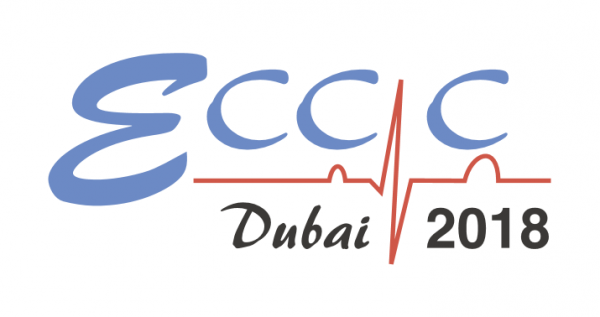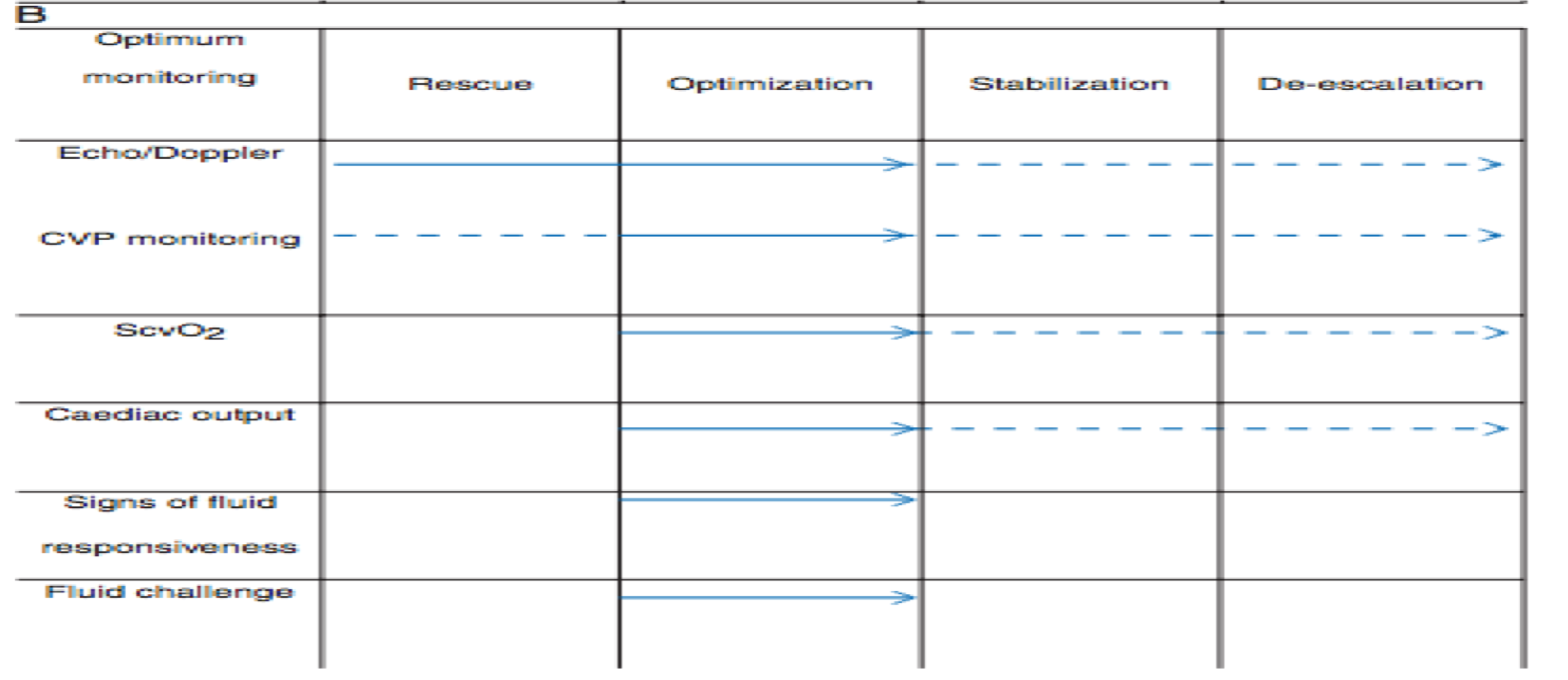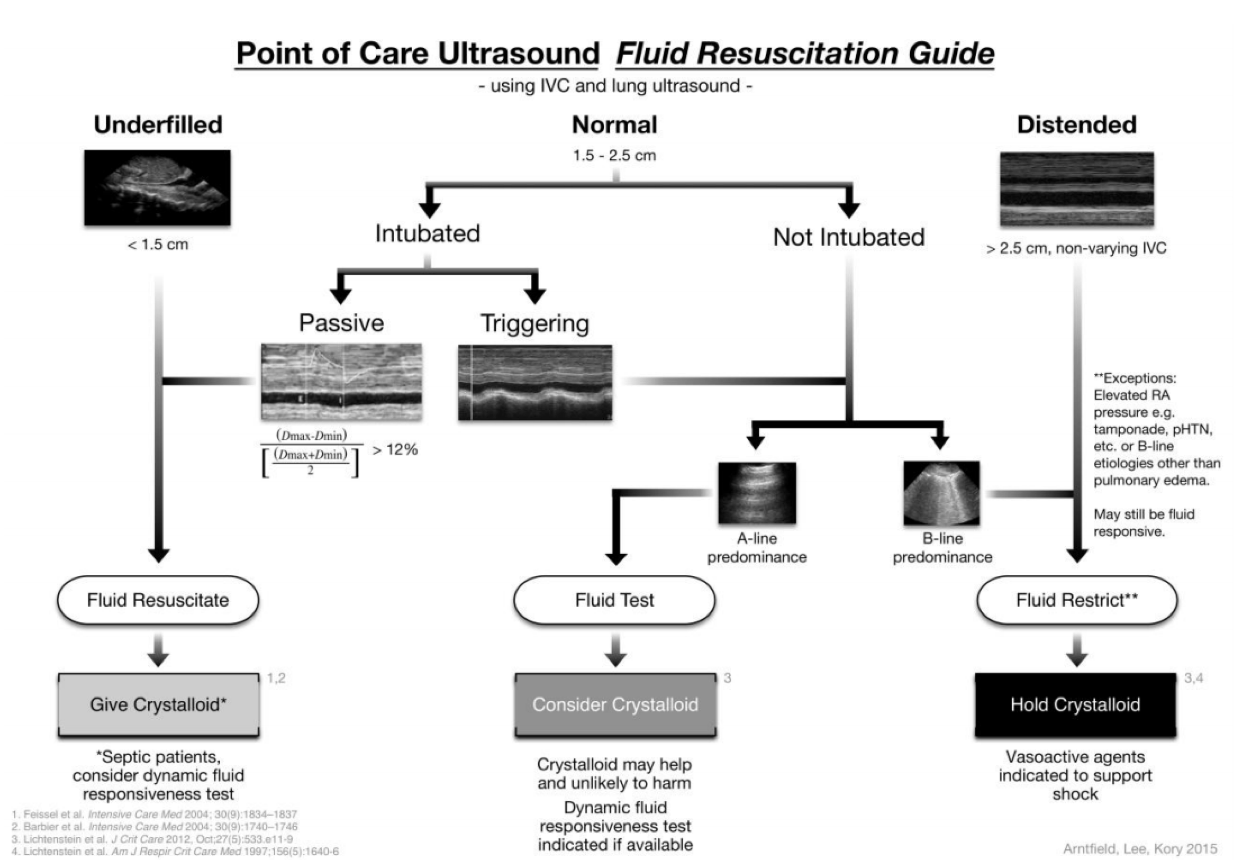
The use of ultrasound in de-resuscitation
The use of ultrasound in de-resuscitation
The full presentation can be found here
The 4 stages of fluid management and the morbidity/mortality associated with excess fluids have become increasingly more established. Much of the clinical and research emphasis has focussed on the early stages of fluid management; resuscitation and optimisation with less emphasis on the latter.

The early description of the 4 phases highlighted the use of echocardiography and ultrasound in the first 2 stages and less certainty about the later stages. Indeed, there is a knowledge void regarding which monitor to guide the transition between resuscitation/optimisation to stabilisation/de-escalation.

POCUS to the rescue?
Point-of-care ultrasound has become increasingly ubiquitous in ICUs across the world. POCUS allows the Intensivist to diagnose and guide therapy at the bedside without the need for ionising radiation. I would argue that it is THE tool to use across the phases and will aid decision making when it comes to deciding when to stop fluid administration and start fluid removal.
Basic things to assess at these stages:
- Echocardiography
- LV size and function
- RV size and function
- IVC – although repeatedly advocated in multiple resuscitation POCUS programmes, questions have been raised recently as to its merit.
- Lung
- Pleural effusion
- B-lines
Future and miscellaneous POCUS considerations
- Higher-end echocardiography
- Cardiac output response to passive leg raise (PLR) using VTi
- Diastolic dysfunction. An often neglected aspect. Up to 30-50% of patients have diastolic dysfunction despite a preserved systolic function. There are multiple methods to assess for diastolic dysfunction but the more common ways are the assessment of transmitral flow and tissue doppler imaging. (For a review click here).
- Intra-abdominal flow analysis (I am VERY interested in this area. For an excellent overview click here)
- Portal vein pulsatility
- Renal blood flow analysis – arterial and venous
- Tissue ultrasound
Putting it all together
Like everything else in medicine, each of the methods mentioned above has their respective strengths and limitations. Like the blind men asked to describe an elephant, the combination of the various submodalities of POCUS is a powerful one. Resuscitation-centred protocols to guide fluid resuscitation such as RUSH and SESAME are much more established and available compared to protocols to guide fluid removal. A very nice example of such a protocol is by Lee and colleagues.
